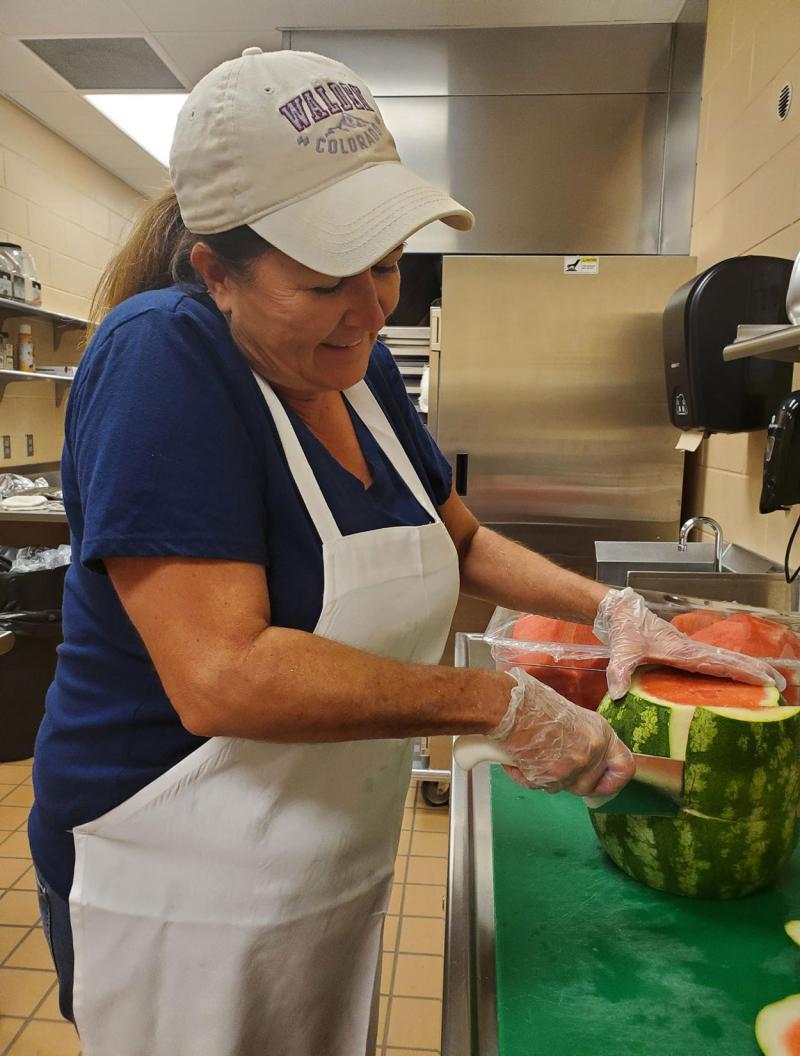
Originally written by Anna Tvedt, former SDSU Extension Nutrition Field Specialist.
Farm to school (F2S) programs have potential to create substantial positive impacts on an array of F2S stakeholders, including kids, schools (foodservice and education), early care and education (ECE) programs, agricultural producers, families and communities. Benefits exist in the areas of public health, economic development, education, environment and community engagement.
The following benefits are based on studies from around the country and include benefits of the three core elements of F2S: local procurement, school gardens and youth education.
For more information, see The Benefits of Farm to School by National Farm to School Network.
Farm to School Benefits
Students Win
- Increased fruit and vegetable consumption.
- Increased physical activity.
- Healthier food choices at school or ECE and at home.
- Improved willingness to try new foods.
- Increased food system knowledge, such as gardening, seasonality and what foods are local.
- Grade and test score improvement.
- Improved life skills and self-esteem.
Agricultural Producers Win
- Increased income.
- Greater market opportunities.
- More connections with local community and youth.
Schools and Early Care and Education Sites Win
- Increased school meal participation.
- Lower meal program costs.
- Greater school wellness policy adherence.
- Improved staff morale.
- Positive educator lifestyle changes.
- More opportunities for hands-on, active and experimental learning.
Families and Community Members Win
- Greater local economic activity ($0.60 to $2.16 for every $1.00 spent).
- Job creation.
- Increased food security.
- Positive diet changes in parents and families.
- Decreased food waste.
- Decreased air pollution.
Reference
- The Benefits of Farm to School. National Farm to School Network. (2020, May 19). Retrieved March 3, 2022.


